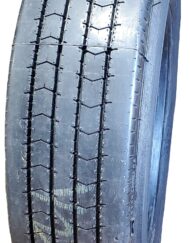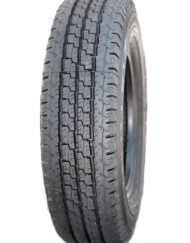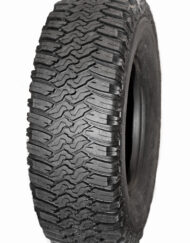Increased Tariffs on Imported Tires: Retreads Are Soon Going To Be An Even Bigger Money Saver!
If you’ve been watching the news, then chances are good you’ve heard all about the trade wars going on between the U.S. and China. Tariffs are flying back and forth, and some people have already noticed that the prices of everyday goods are going up as a result. As the LA Times points out, we’ve seen this happen before, and it’s never gotten the intended results. The current brewing of political and economic unrest isn’t shaping up to be any different, with the costs disproportionately falling onto consumers for the goods they need that have come from other countries.
And, at least in this case, that’s going to include your tires, too.
Just One More Thing We’ve Been Getting From China
We just don’t make as many goods in the United States as we did in previous generations. Part of that is because it’s just cheaper to import those items from other places, and part of it is because our economy has moved away from manufacturing to focus more on service and technology jobs. Whether you think that’s good or bad, the point is that we’ve grown comfortable importing a wide variety of goods from abroad. China has been one of the most common trading partners, and now that their goods have tariffs on them, it means that prices we thought of as stable are now shooting up rapidly.
While most people might think of toys, plastics, aluminum, and steel, these tariffs are also hitting tires that come from China as well.
Some proposed tariffs have been as high as 45 percent, but regardless of the final amount that gets slapped onto each individual tire, the final increase on your bill is going to be quite noticeable. Because it’s going to be multiplied by a factor of four any time you refit your rubber.
Retreads Offer A Cost-Effective, Greener Solution
If you need a new set of tires, and you just don’t want to pay the extra cost for what imported rubber is going to run you, retreads offer an alternative solution that’s kinder to your wallet as well as the environment.
Think of a retread like resolving a pair of boots that are still perfectly good, but which have run out of wear underneath. The tread is buffed away, revealing the undertread. A new tread is then attached to this undertread, giving you a brand-new, road-ready gripping surface without getting rid of what is otherwise a perfectly serviceable tire.
This accomplishes several things. First, it keeps your waste down, and ensures that your tires aren’t being thrown onto the heap along with thousands of others in dumps and landfills across the country. Second, getting a retread tire is significantly less expensive than buying a brand new tire, as they’re more cost effective to make, and use significantly fewer materials. This makes them less expensive than producing new tires even without taking the new tariffs into consideration, but that price tag is only going to look better as the cost of imported tires goes up.
Just because a retread tire doesn’t cost as much as a brand new one, though, that doesn’t mean it’s lower quality or less safe. Retreads are rigorously tested to make sure they can stand up to anything you come across when you’re on the road, ensuring they’ll be there for when through thick and thin, rain, shine, snow, sleet, and any other sort of weather you can think of. Retread tires hold up just as well as new ones, and what’s even better is that they’re a plentiful resource that will be available no matter what happens in the current trade war.




